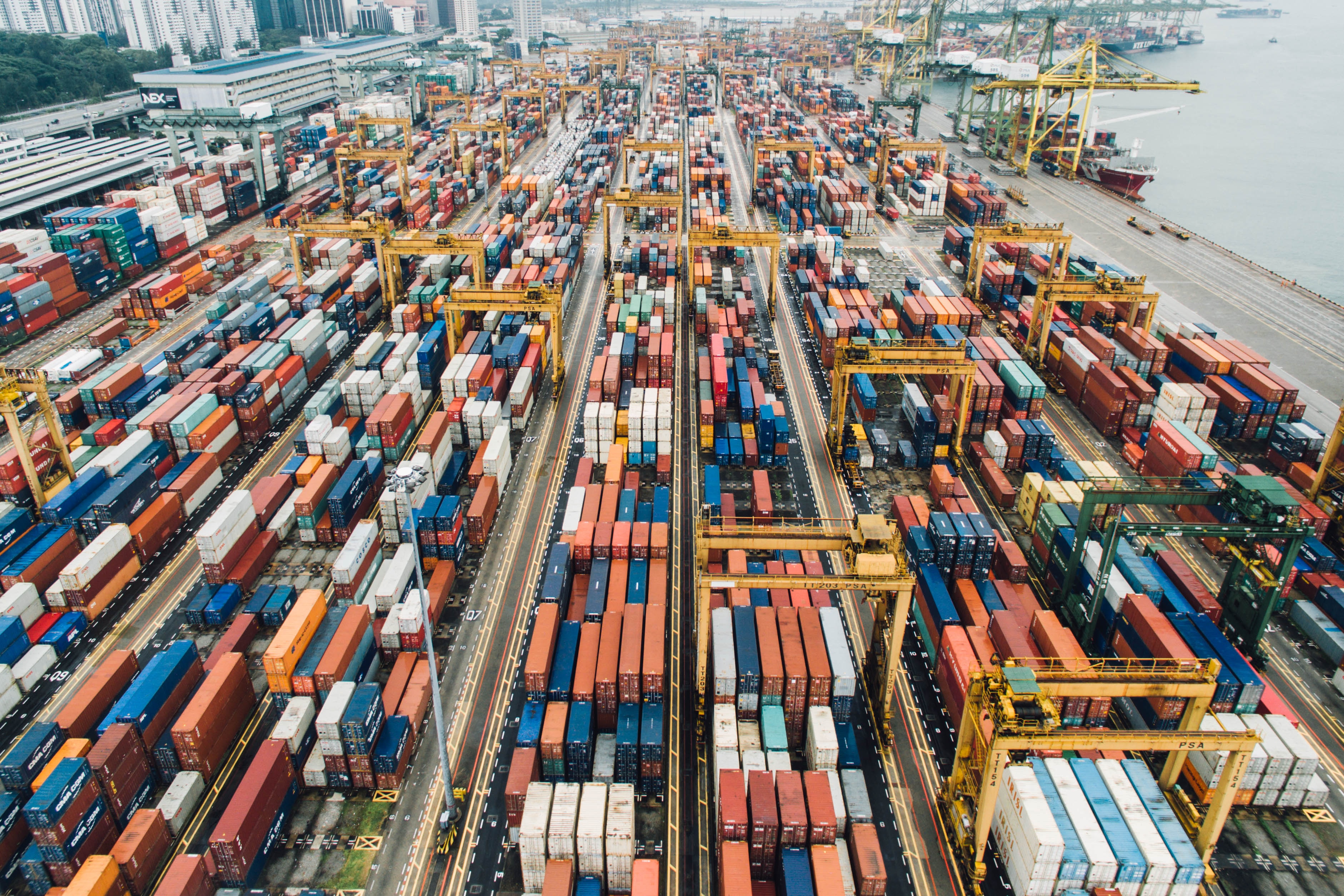Determine if a product is eligible for duty-free or reduced duties
Many U.S. products benefit from free trade agreement (FTA) preferential tariff treatment (duty-free or reduced duties). However, to take advantage of the benefit, the good should be made in the United States, AND be eligible for preferential tariff treatment. Be sure to check if your product does qualify for the FTA rate as it will make your product more competitive to your foreign buyer. Also see the accompanying flowchart.
How to Determine if a Good ‘Originates’ in the FTA
- When selling to a U.S. Free Trade Agreement partner country, check to see if your product is eligible for duty-free or reduced duties. To do so, you’ll need to determine if your good ‘originates’ in the U.S. or FTA partner territory.
- Preferential Rules of Origin (ROOs) are specific to each FTA and vary from agreement to agreement and product to product. ROOs are used to verify that products are eligible for duty-free or reduced duties under U.S. trade preference programs even though they may contain non-originating (non-FTA) inputs.
- If goods are a “wholly obtained product” establishing the origin is usually straightforward. However, if a good was not entirely grown or manufactured in the targeted FTA country/region, specific ROOs apply.
- Follow the below steps to determine if your good ‘originates’ in the FTA.
Step 1: Is your product made or substantially transformed in the U.S. (FTA partner country)?
In general, to receive preferential tariff treatment under an FTA, the exported good must be produced or substantially transformed in the FTA territory. For example, a good made in Germany shipped from the United States, will not qualify for U.S.-Australia FTA preferential rate. Learn more about Rules of Origin - Substantial Transformation.
-
If no, ship using standard export documents.
-
If yes, go to step 2.
Step 2: Determine is there an advantage to claiming preferential treatment?
-
Look up the HS code for your product. You can classify your product by visiting Census website Product Classification Number (referred to an HS or Harmonized System number or Schedule B number) and convert it into the HS code. Learn more about HS classification codes.
-
Identify and compare standard MFN (Most Favored Nation) tariff (duty) rate to preferential (FTA) rate. To find duty rates consult Customs Info Database (free subscription/registration required) and FTA Tariff Tool.
-
If the MFN duty rate is already set at “zero,” you generally do not need to qualify your product for the FTA benefit. The product may be shipped with standard export documentation and will be subject to duty free treatment.
If there is an FTA benefit to be derived (i.e. there is a difference between the standard and FTA rate), proceed to qualifying your good to receive preferential rate by identifying appropriate rule of origin.
-
If yes, there is an advantage in claiming preferential treatment, go to step 3.
-
If there is no tariff benefit (MFN rate the same [and on rate occasion lower] as the FTA rate, stop qualifying process and proceed to ship using standard export documentation. The standard MFN rate will apply.
Step 3: Check if your product qualifies (originates) in any of the four following ways:
-
Is the good wholly obtained or produced in one or more FTA Parties?
-
Is the good produced in one or more FTA parties exclusively from originating materials?
-
If the product contains non-originating materials, are they below certain de minimis threshold (e.g. 7-10 per cent of the value of the product?)
-
Does the good include non-originating material and meets requirements of the relevant Product-Specific Rules of Origin (PSR) such as tariff shift or regional value content, chemical process rule, accumulation, fungible good, etc.?
For more information how to read and apply Rules of Origin consult Rules of Origin for FTAs: Qualifying Products for Preferential Tariff Treatment.
-
If yes, your product qualifies, go to step 4.
-
If not, ship using standard export documents (MFN Rate will apply).
Step 4: Certify your shipment:
If you determine there is tariff benefit and your product originates/qualifies for an FTA, you need to be able to certify that the product originates/qualifies for a specific FTA. For small shipments, state on a commercial invoice that your product qualifies (each FTA determines what qualifies as a small shipment. For larger shipments, you may be asked by the exporter, importer or a designated broker/freight forwarder to provide certification information on a company letterhead or using a specific form. For more information on certification, see below links:
Step 5: Ship
- Remember that FTAs require direct shipment (or if transshipped, minimal processing may be allowed). Each FTA has its unique requirement.
- For more information refer to CBP FTA Comparison Chart.
- Don’t forget to keep your records showing how you qualified your product; typically, up to five years.
